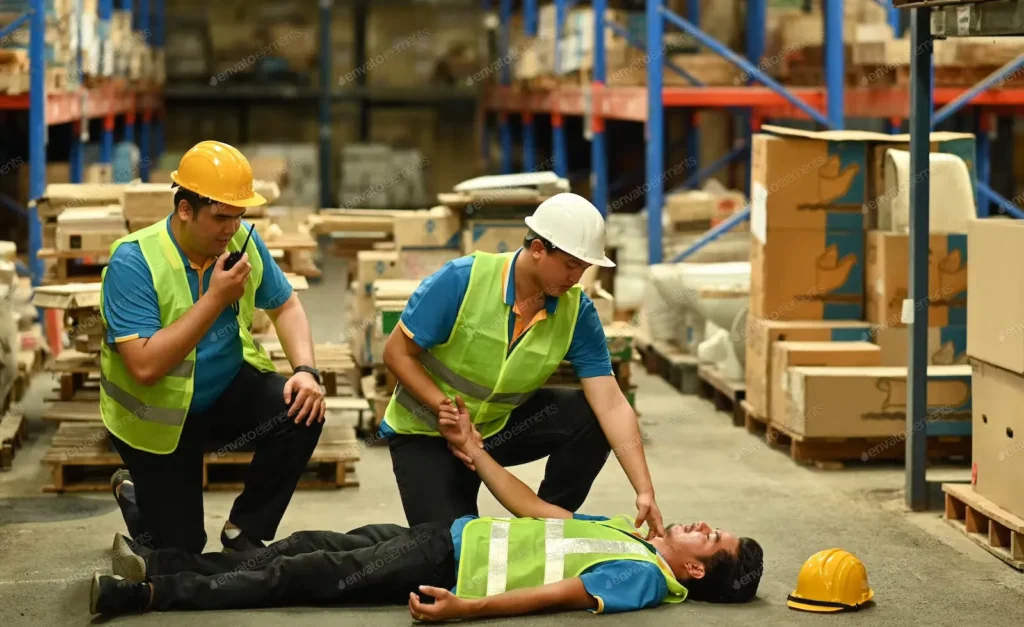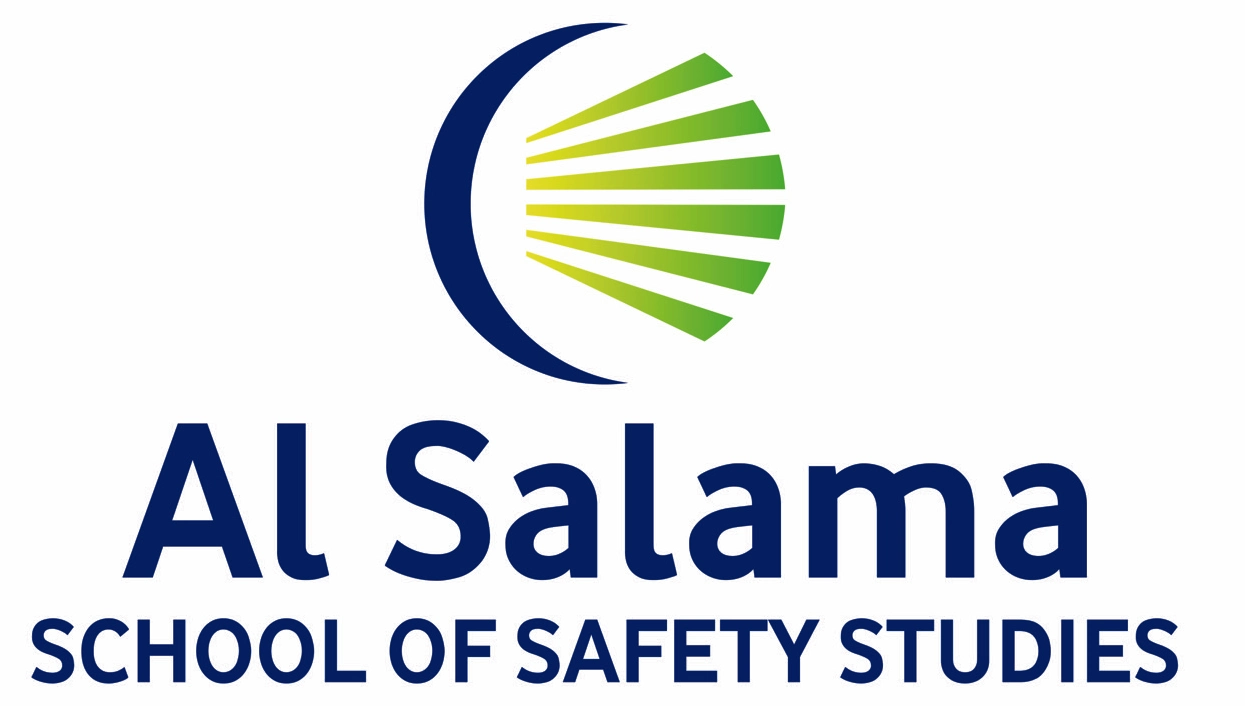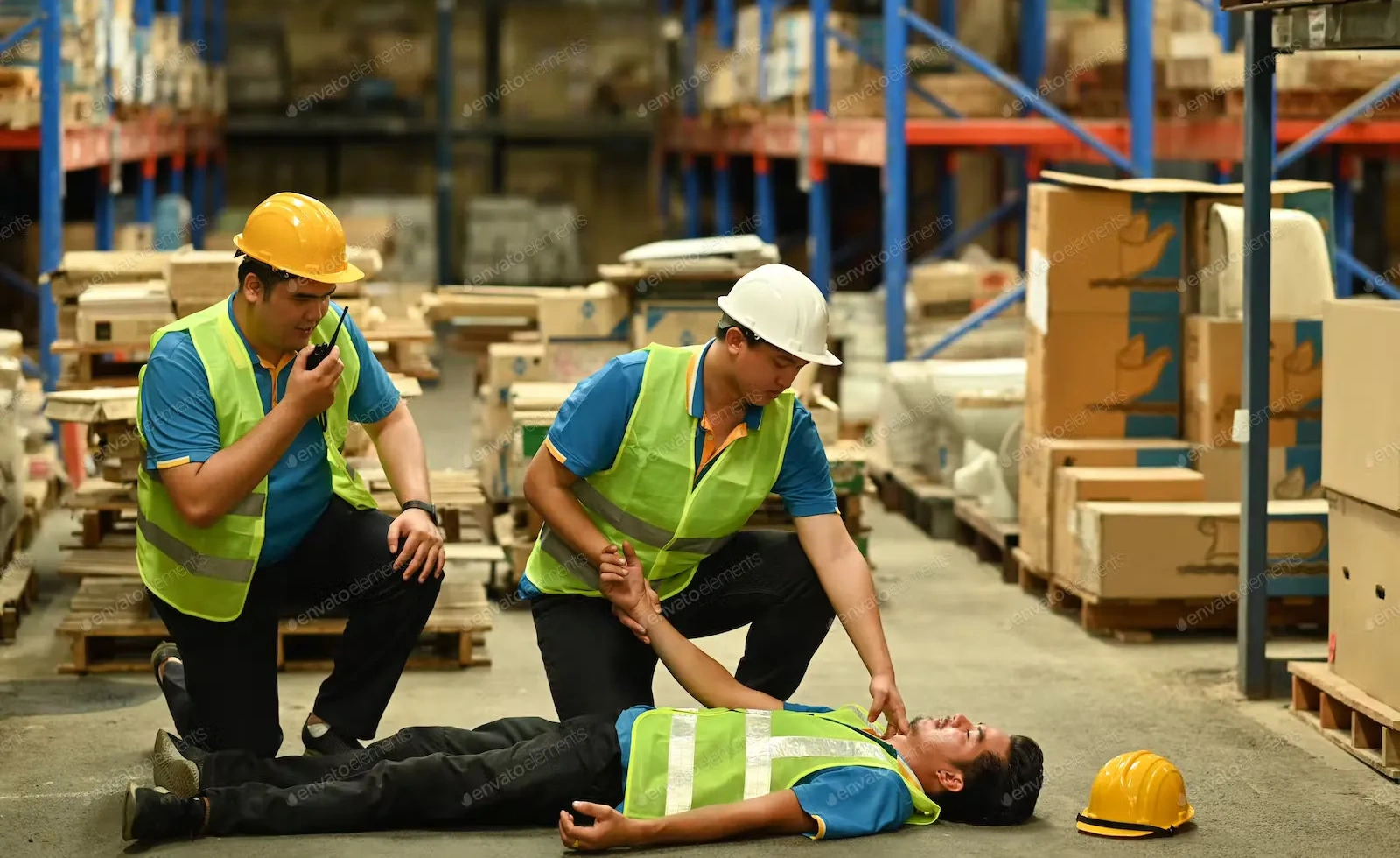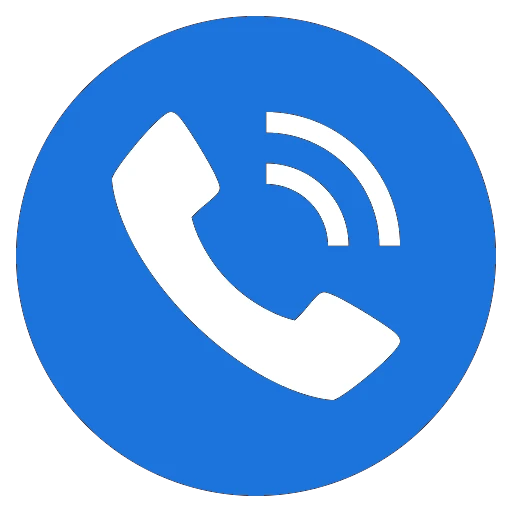First Aid Basics: Skills Everyone Should Have
A beginner’s guide to essential life-saving techniques
Emergencies rarely come announced. A slip in the kitchen, a road accident, a sudden collapse at work, such moments demand immediate action. While medical professionals remain the ultimate line of care, the first few minutes before help arrives are often the most critical. This is where first aid makes the difference.
First aid is not reserved for doctors, nurses, or paramedics. It is a universal life skill, accessible to everyone and capable of saving lives, preventing complications, and minimizing the severity of injuries. This guide explores the core first aid skills every individual should know, offering practical knowledge to act swiftly and effectively in emergencies.

Why First Aid Skills Are Essential
The significance of first aid extends far beyond emergencies. It is about preparedness, responsibility, and community safety.
- Reduces risk of complications: Immediate care helps stabilize injuries and prevents deterioration.
- Saves lives: Quick interventions during cardiac arrest, choking, or severe bleeding can mean survival.
- Empowers individuals: Knowledge instills confidence to act rather than panic.
- Applies everywhere: From homes and schools to workplaces and public spaces, accidents can occur at any time.
This is why first aid training is often integrated into Health and Fire Safety programs across organizations, ensuring employees and communities are equipped to respond to a wide range of emergencies.
The ABCs of First Aid: Primary Assessment
When faced with an emergency, professionals recommend following the ABCs of first aid, a simple yet vital checklist before any intervention.
- Airway: Ensure the airway is unobstructed.
- Breathing: Observe chest movements, listen for breath, and feel for airflow.
- Circulation: Check the pulse, look for severe bleeding, and assess circulation to vital organs.
This structured approach provides clarity during high-stress situations and ensures no critical step is overlooked.
Essential First Aid Skills Everyone Should Master
- CPR (Cardiopulmonary Resuscitation)
- Call emergency services right away.
- Place one hand on the center of the chest, put the other hand on top, and press hard and fast (100–120 times per minute).
- If you’re not trained, do hands-only CPR until help arrives.
- Cuts, Wounds, and Bleeding
- Wash your hands and clean the wound with water.
- Press firmly with clean gauze to stop bleeding.
- Cover with a bandage.
- For heavy bleeding, keep pressing and get medical help immediately.
- Burns
- Small burns: Cool under running water for 15–20 minutes.
- Blister burns: Don’t pop blisters; cover lightly with a clean dressing.
- Severe burns: Call emergency services right away.
- Choking
- If the person can’t breathe, cough, or speak, do the Heimlich maneuver: press quickly inward and upward just above the belly button.
- For infants, give gentle back blows and chest thrusts instead.
- Fractures and Sprains
- Keep the injured area still with a splint or support.
- Apply a cold pack to reduce swelling.
- Don’t try to straighten or move broken bones.
- Heatstroke, Shock, and Fainting
- Heatstroke: Move to a cool place, use cold cloths, and give small sips of water.
- Shock: Lay the person flat, lift their legs, and keep them warm.
- Fainting: Place on their back and raise legs slightly.
- Poisoning and Allergic Reactions
- Don’t make the person vomit unless told by doctors.
- Try to identify what caused the poisoning and inform responders.
- For severe allergies, use an EpiPen if available and call for emergency help.
First Aid Kit Essentials
A first aid response is only as good as the tools available. Every home, office, and vehicle should have a well-stocked, regularly updated kit containing:
- Sterile gauze pads, adhesive bandages, and medical tape
- Antiseptic wipes and hand sanitizer
- Tweezers, scissors, and safety pins
- Burn ointment and over-the-counter pain relievers
- Disposable gloves and face masks
- Cold packs and digital thermometer
- CPR shield or mask
- Emergency contact information
In workplaces, these kits are often paired with Health and Fire Safety audits, ensuring that both medical and fire-related emergency responses are properly planned, resourced, and practiced.
Learning and Practicing First Aid
Reading about first aid is valuable, but practical training transforms knowledge into skill. Consider:
- Attending certified CPR and first aid courses from recognized organizations.
- Encouraging workplaces and schools to conduct safety workshops.
- Refreshing knowledge periodically, as guidelines evolve with medical research.
Conclusion
First aid is not a medical luxury; it is a civic responsibility and personal safeguard. Whether it’s performing CPR, stopping a bleed, managing burns, or responding to choking, these skills empower ordinary individuals to take extraordinary action.



